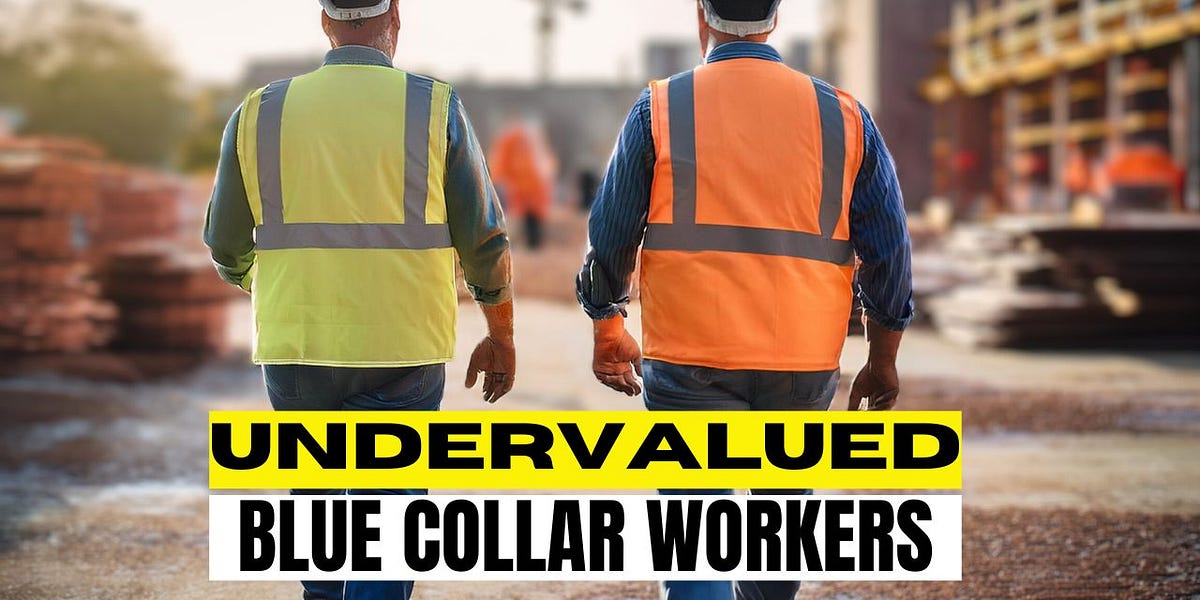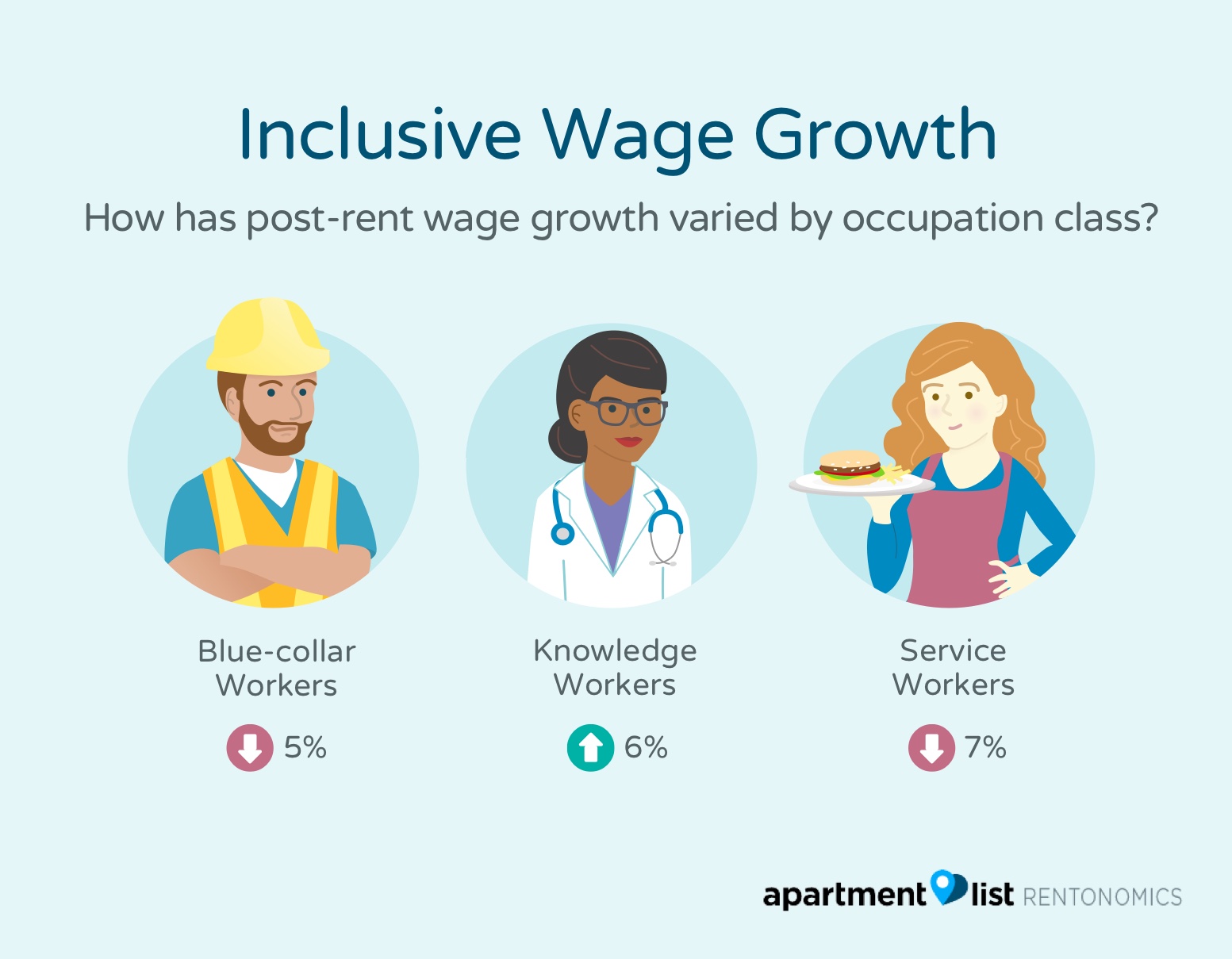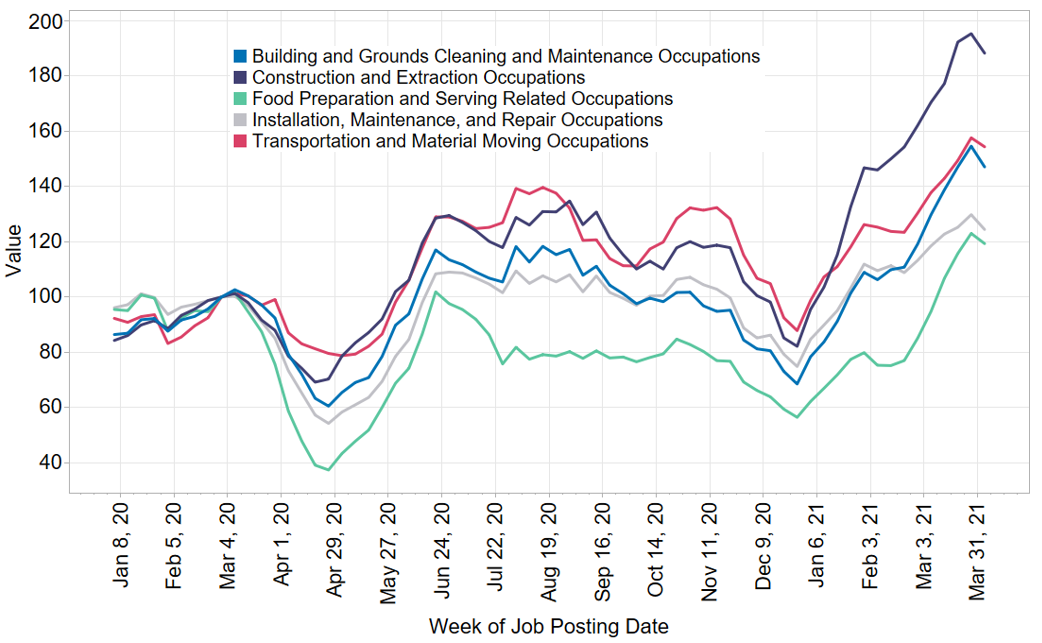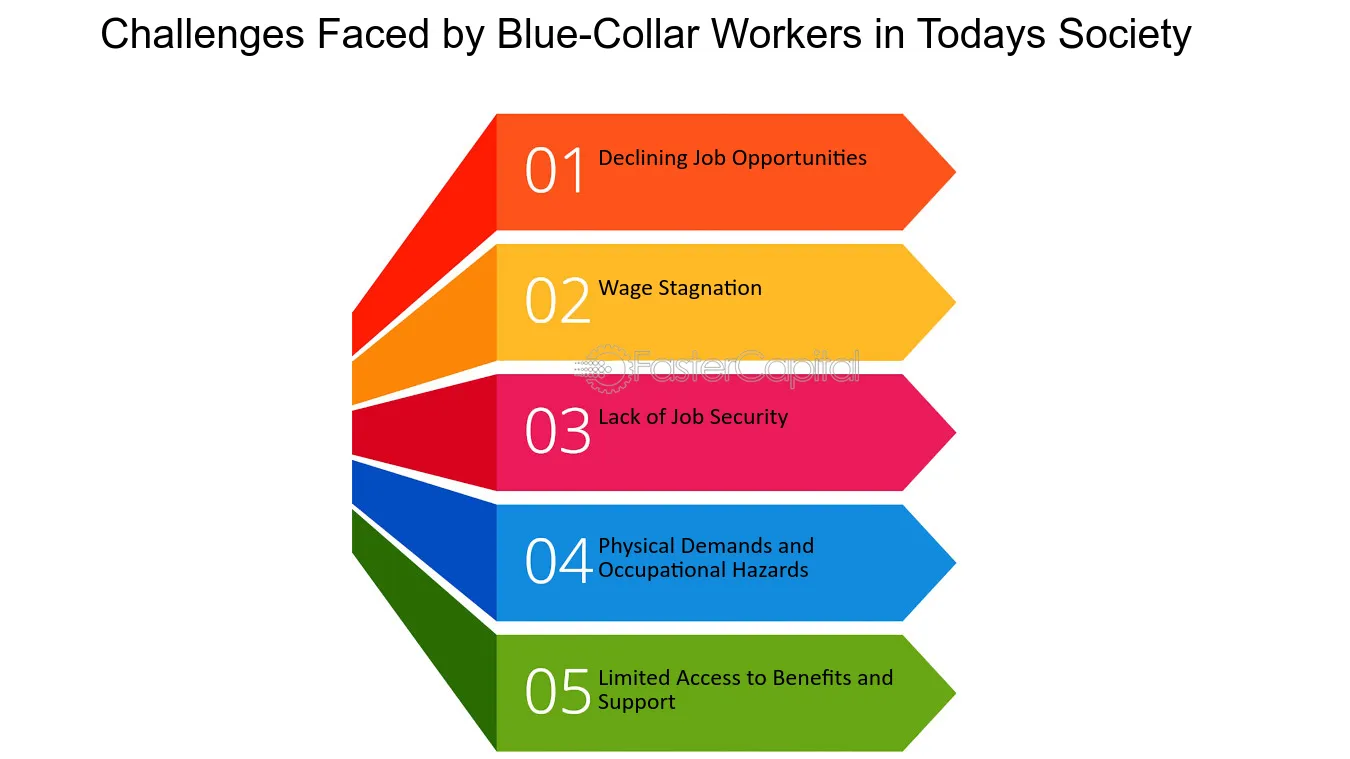
Introduction: A Nation Built by Calloused Hands
We live in a world where technology dazzles, white-collar jobs dominate headlines, and status is tied to how clean your hands are. But it wasn’t always this way. Our cities were built, powered, and protected by those who worked with grit — blue-collar workers. Today, their contribution is often seen as less valuable, less respectable, and somehow less essential. That’s a dangerous misconception.
At Remin.site, where we preserve what matters most — memories, values, and legacies — we ask: What happens to a society that forgets the worth of its working class? What does it cost us — economically, socially, even spiritually — when we ignore the dignity of skilled labor?
What Is Blue-Collar Work Today?
Blue-collar work refers to manual labor occupations that typically involve skilled trades, technical knowledge, and physical effort. These roles include electricians, carpenters, mechanics, welders, factory workers, and dozens more. Contrary to popular stereotypes, these are not “low-skill” jobs. They require expertise, apprenticeship, and continuous learning — often outside of traditional university paths.
Historical Roots of Skilled Labor
Once revered as the backbone of industrial nations, blue-collar roles were tied to pride and identity. A plumber or machinist could raise a family, own a home, and be a respected community member. But over the past few decades, globalization, automation, and a cultural obsession with “knowledge work” have devalued these careers in both pay and prestige.
Stereotypes and Cultural Biases
We’ve come to associate success with desks, degrees, and downtown offices. Meanwhile, the trades are seen as “fallbacks,” often pushed on students who are told they’re “not smart enough for college.” This cultural lens ignores the reality that the trades are foundational — they literally keep the world running.
“We have romanticized the keyboard and demonized the wrench.” — Mike Rowe, advocate for vocational education
Economic Consequences of Undervaluing Blue-Collar Workers
Beyond personal disrespect, devaluing blue-collar work has massive economic costs. Our economy suffers when these essential roles are left unfilled, when talent is driven elsewhere, and when we rely on imported labor to patch local shortages.
Wage Disparity and Labor Market Trends
There’s a widening wage gap between white-collar and blue-collar professions, despite increasing demand for tradespeople. According to recent data, post-rent wages for blue-collar workers have barely moved, even as the cost of living has soared.

- Trades like plumbing, electrical work, and HVAC are in high demand.
- Thousands of positions remain unfilled due to lack of trained professionals.
- Vocational roles are aging out — the average skilled tradesperson is 46 years old.
Skills Gap and Economic Dependency
Without new entrants into skilled labor, industries are beginning to falter. Manufacturing delays, infrastructure breakdowns, and rising service costs are all symptoms of a society that has failed to replenish its blue-collar workforce. This isn’t just a workforce issue — it’s a national productivity crisis.

Social and Cultural Impacts of Devaluation
The issue isn’t just economic. It’s psychological, emotional, and cultural. When we dismiss someone’s livelihood, we also dismiss their dignity. The working-class challenges aren’t limited to income — they include identity, belonging, and mental health.
Blue-Collar Pride vs Social Stigma
For generations, trades were a source of pride. Today, they’re often viewed as second-tier careers. The pressure to conform to “respectable” jobs has led many to overlook fulfilling and lucrative paths in the trades.
The Mental Health Toll
Undervaluation breeds stress. Blue-collar workers face burnout, injuries, job instability, and social exclusion — often with limited access to support systems. In an era where mental health is finally being discussed, we must not forget these workers.

“Being a welder doesn’t mean you failed in school. It means you build the bridges that carry others across.” — Anonymous
We at Remin.site believe that stories like these shouldn’t disappear. They should be remembered, honored, and passed on. The legacy of a laborer is no less worthy than that of a lawyer. In fact, it may be even more enduring.
In the next section, we’ll explore how other societies honor their tradespeople and what we can learn from them.
Case Studies: When Society Valued the Trades
There are living examples — past and present — of how respecting blue-collar work leads to social and economic prosperity. In these places, skilled labor is not seen as “less than,” but as essential, intelligent, and dignified.
Germany’s Vocational Respect Model
Germany is often hailed as the gold standard in vocational education. Through its dual education system, students split time between classroom instruction and hands-on apprenticeships in fields like metalworking, carpentry, and electrical systems. These programs are respected, publicly funded, and deeply integrated into the nation’s economic model.
This model produces a steady pipeline of qualified workers — and as a result, Germany experiences lower youth unemployment, strong export-driven industries, and far less stigma around working with your hands.
Lessons from the 20th-Century U.S.
In mid-20th century America, a skilled trade job meant stability and community respect. Union jobs in steel, auto, and electrical sectors allowed blue-collar workers to live middle-class lives. Today, that vision is fading — but it can return if we choose to reinvest in vocational training and challenge harmful stereotypes.
“When we romanticize college but ridicule trades, we not only lose respect — we lose capability.” — Workforce Development Journal
The Future of Work: Rebalancing the Narrative
We’re living in a moment where the future of work is being rewritten. AI, automation, remote jobs — they’re all reshaping how we think about labor. But in this transformation, we must not overlook the foundational roles that can’t be outsourced to machines or algorithms: the electricians, the mechanics, the plumbers. The people who still show up, rain or shine, and build the physical world we live in.
Policy Solutions and Educational Reform
To correct the imbalance, we must go beyond appreciation. We must act:
- Reintroduce shop classes and hands-on programs in high schools.
- Expand funding for community colleges and technical certification programs.
- Promote skilled trades in media, just like we do with tech startups and influencers.
- Offer tax incentives to companies that hire and train apprentices.
This chart by The Conference Board shows the alarming drop in blue-collar job pipelines — a warning signal we can’t ignore.

Shifting Perceptions Through Media and Storytelling
It’s time to reshape the narrative. Storytelling is a powerful tool. When media celebrates real people in the trades — their skill, their knowledge, their sacrifice — we help the next generation see these paths as valuable, not second-class. That’s where platforms like Remin.site play a role. We preserve the untold stories of workers, families, and legacies that have built the world silently.
These aren’t just jobs. These are callings, crafts, and forms of wisdom passed down through generations. They deserve a permanent place in our collective memory.
Conclusion: Reclaiming Dignity for All Forms of Work
To honor blue-collar work is to honor our shared history — and our future. The societal cost of devaluing blue-collar work is not just economic, but human. It’s the loss of dignity, purpose, and the belief that all work has worth. We must course correct — in our schools, our policies, our media, and our minds.
At Remin.site, we believe in remembering what matters. If someone you love has worked with their hands, raised families on honest labor, or left behind tools that shaped lives — their memory deserves to live on. Death is not the end. It is the beginning. Let’s remember them. Let’s honor them.
FAQs About Blue-Collar Work
Why is blue-collar work often undervalued?
Societal bias has long placed more value on white-collar professions tied to academia and office work. This perception is rooted in outdated classism, media narratives, and a lack of understanding of the technical skills involved in manual labor.
How can society better support skilled labor?
We can start by funding vocational education, raising awareness about the earning potential of trades, promoting cultural respect, and implementing policy that protects and uplifts skilled workers.
What jobs fall under the blue-collar category?
Jobs such as electricians, carpenters, welders, mechanics, HVAC technicians, construction workers, machinists, and factory operators — all vital to infrastructure and industry.
Are blue-collar jobs at risk due to automation?
Some tasks may be automated, but most blue-collar jobs require adaptability, precision, and human judgment. In fact, many trades are increasingly irreplaceable due to their hands-on nature.
How can I preserve the legacy of a loved one who worked in the trades?
Platforms like Remin.site offer a space to document their stories, upload photos of their work, and share memories that honor their impact for generations to come.
Let’s not forget the builders, the fixers, the makers. Let’s remember them — not just in passing, but in permanence.
